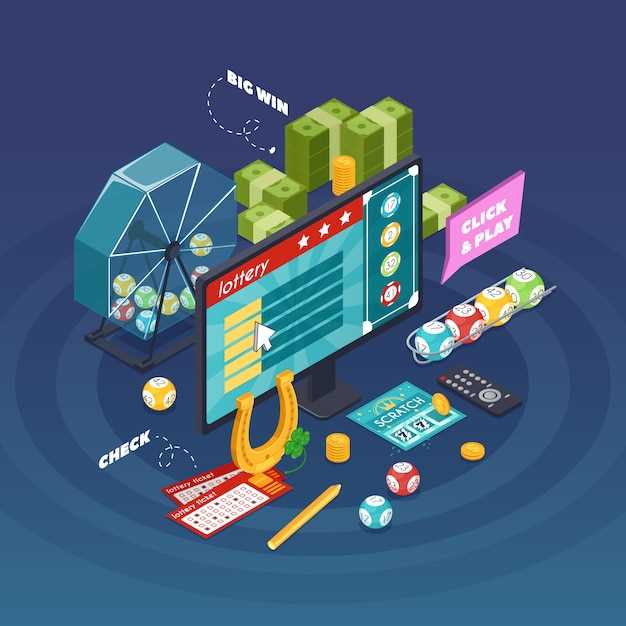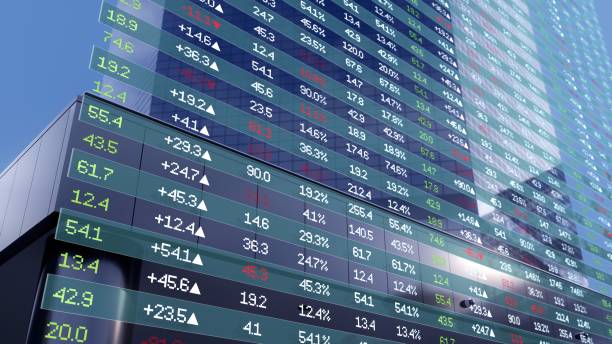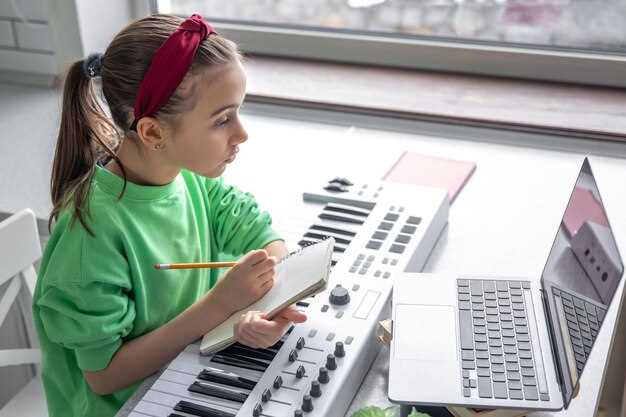To truly revolutionize your music production, harness the potential of data-driven creativity. By integrating advanced data analytics, musicians can generate innovative sounds tailored to specific audiences. This targeted approach not only enhances the emotional connection with listeners but also pushes the boundaries of traditional music. High-quality datasets are crucial for developing new soundscapes. Leveraging these datasets, artists and producers can simulate unique audio environments that were previously unimaginable. Employ machine learning algorithms to analyze trends in listener preferences, allowing for the creation of music that resonates on a personal level. Collaboration between data scientists and musicians opens up endless possibilities.…
The rise of crypto ETFs has sparked a noticeable shift in how online casinos are viewed, and the integration of Bitcoin as a trusted currency demonstrates this transformation. Institutional funds, traditionally known for stability and comprehensive risk management, now contribute to the legitimacy of Bitcoin as a preferred payment option within the gambling industry. By investing in Bitcoin ETFs, these funds lend their credibility to the volatile world of cryptocurrencies and, in turn, enhance the perceived stability of cryptocurrency transactions in online casinos. Online casinos have long grappled with regulatory challenges and trust issues, which have hindered their growth and…
Prioritize audio design in your game development process if you’re aiming to boost player involvement. Sound design isn’t just about creating ambiance; it plays a pivotal role in shaping the player’s emotional responses and interactions. An expertly crafted soundtrack can transform a gaming experience by guiding emotions, providing feedback, and even narrating stories without words. By harnessing the power of sound, developers can create an immersive universe that captivates the player from the very first moment. Consider incorporating adaptive audio that responds to player actions, creating a dynamic soundscape that feels alive. For instance, altering music based on game scenarios…
Consider the possibility of enhancing your musical experience by exploring patterns and structures commonly derived from mathematics. Studies show that mathematical concepts such as symmetry, geometry, and ratios are deeply embedded within the fabric of music. By consciously recognizing these correlations, musicians and listeners alike can gain a deeper appreciation for the art form, enhancing both creation and enjoyment. One fascinating aspect lies in rhythm and time signatures. Mathematical patterns often govern these musical components, from the common 4/4 time to more complex, uneven meters, such as 7/8 or 11/8, which find their roots in mathematical sequences. Understanding these patterns…
Australia offers a dynamic and supportive environment for engaging with Bitcoin. Start by familiarizing yourself with secure and reliable platforms to buy Bitcoin, ensuring they meet local regulations and provide robust security measures. Popular exchanges like CoinSpot, BTC Markets, and Swyftx offer intuitive interfaces and responsive customer service, allowing you to purchase Bitcoin with ease and confidence. Once you’ve acquired Bitcoin, consider its wide array of spending options that are gaining traction across the country. From online retail giants to local coffee shops in bustling cities like Sydney and Melbourne, Bitcoin transactions are becoming increasingly accessible. Service providers such as…
Limitless creativity is often born from a simple act of experimentation. To create compelling sound patterns, start by exploring algorithmic tools that offer both versatility and precision. These tools allow you to craft intricate soundscapes tailored to your artistic vision without the arduous process of manual synthesis. Begin by acquainting yourself with environments like Max/MSP or Pure Data, which are popular for their modular approach to sound design and the ability to manipulate audio signals in real time. Maximize your creative output by learning how to efficiently use these tools. Study the various pre-built objects and libraries they offer, such…
If you’re eager to explore audio synthesis and want a structured approach, focus on understanding mathematical models first. These models form the foundation of sound synthesis techniques. They provide a structured way to replicate and create new sounds with precision and flexibility. Knowing the basics of signal processing and how it contributes to audio synthesis is crucial. Signal processing involves manipulating the waveform of audio signals mathematically, enabling the creation of complex sounds. Familiarize yourself with concepts such as Fourier transforms and oscillators, which help break down and reconstruct sound waves. Dive deeper into common synthesis methods like subtractive synthesis,…
Activate your auditory senses to gain a deeper understanding of the financial markets through sonification. This innovative technique utilizes sound to represent data patterns, allowing traders to interpret complex datasets swiftly and intuitively. For traders, employing sonification means tapping into a new dimension of data analysis that offers a distinct advantage in high-paced trading environments where speed and accuracy are crucial. Research underscores the power of auditory processing. For example, the human brain can process auditory stimuli up to ten times faster than visual stimuli, which can be a game-changer during quick decision-making processes. By translating financial data into sound…
Choose music visualization if your goal is to visually represent data through dynamic and colorful animations. This technique can be particularly effective when used in conjunction with presentations or educational tools, capturing the audience’s attention through engaging graphics. Consider leveraging platforms like Processing or OpenGL, which offer robust frameworks for creating visually compelling representations that correlate data attributes with visual elements such as color, shape, or movement. Prefer sonification when the auditory translation of data is required to uncover hidden patterns through sound. This approach excels in scenarios where perception speed is crucial, such as real-time monitoring systems or analyzing…
Seek an immediate boost in your sound design projects? Focus on integrating AI-driven tools that have streamlined workflows in 2025. Modern sound designers can confidently use software that automates tedious processes like audio cleanup and dynamic range compression. This not only amplifies creativity but also saves countless hours. Leverage the potential of virtual reality and spatial audio technologies. Implement 3D soundscapes to captivate audiences in immersive environments. By 2025, these technologies have matured, offering tools that enable real-time manipulation of audio for enhanced user experiences. Experiment with spatial audio in augmented reality apps to create rich, interactive sound layers. Collaborate…









